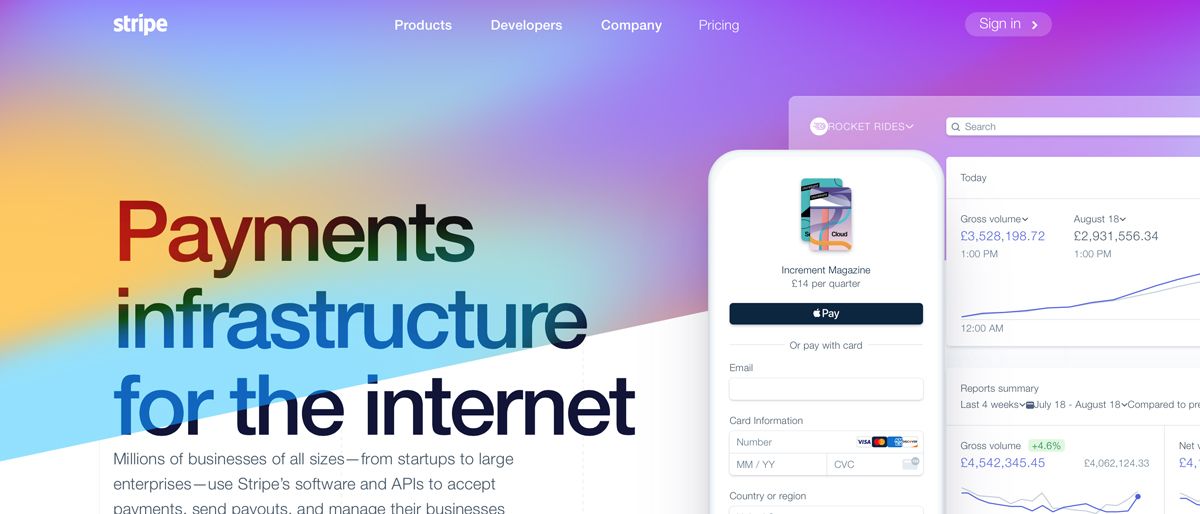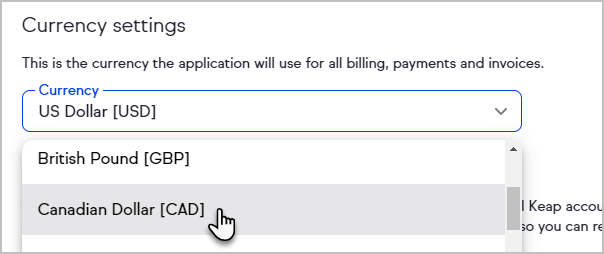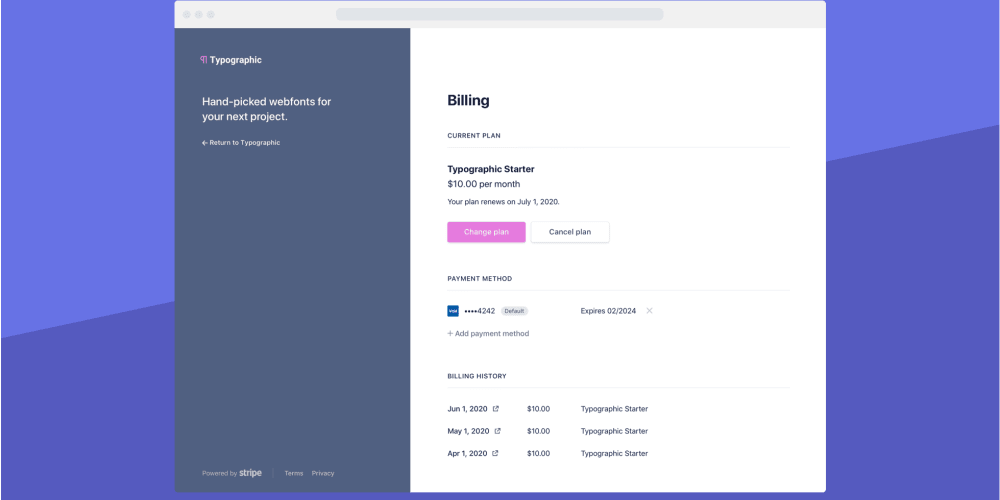Keap has partnered with Stripe since March 2020. The relationship was warmly welcomed around the globe, giving Keap (formerly known as Infusionsoft) users access to take payments in 135 global currencies and via a range of payment methods that Stripe offers. Stripe is widely regarded as the world’s best payments platform and as Keap expands globally, it’s a fantastic offering for Keap’s current and future users.

It was clear that there was a need for the integration. As a Keap Certified Partner and Developer Partner of Keap’s since 2012, I’d been asked on a number of occasions by customers to develop direct link ups between the two services, long before the official service was launched. It’s a fantastic innovation and brings Keap in to line with other modern CRM and business automation SaaS products on the market.

How Keap’s Stripe integration works
When you connect Stripe to your Keap account, it is Keap that triggers all payment processes to happen in Stripe. You’re using Keap’s order forms, payment triggers and the underlying e-commerce module. Stripe is one of six recognised payment merchants that as a Keap user you can process payments using, directly from your Keap account or via Keap order forms.
Importantly, Keap provides the front end buyer and user experience and plugs in Stripe in the back end to handle how the funds are taken. It does this as a subscribing service to Stripe’s API. (An API is a computer-speak term for ‘authorised connection’).
Keap provides this service to remove the need for its users to configure and manage additional products like 3rd party order form / sales funnel providers like ClickFunnels, or basic e-commerce stores like WooCommerce on WordPress.
The Keap / Stripe integration works brilliantly for almost every Keap user.
…but as with almost everything ‘tech’ there are exceptions.
Instead of using Keap as the payments hub, processing the order and then asking Stripe to complete the payments process, there are some edge cases that we’ve learned from our integration customers where it makes much more sense to use Stripe directly as the payments hub, and then feed information back to Keap, rather than use Keap’s tools as the service that starts billing processes.
When does using Stripe directly work more effectively than Keap triggering Stripe?
Over time, we have been told by our users that our Stripe integration service may work better for you than the native Keap / Stripe e-commerce service if you fall into one or more of the following 8 scenarios:
1. You need to bill in multiple currencies
Keap’s e-commerce solution is set up to support you to bill in one currency. All order forms, sales reports and payment actions relate to that one default currency.
But what if you work with businesses in different parts of the world, or you trade across borders? If you sell online courses or coach online, the chances are you’ll want to sell to buyers in different countries and currencies, and your customers will expect you to bill in their local currency. There are so many countries where small business trade is done this way, that this is a relatively common scenario:
- Canadians serving US customers;
- UK businesses working with European or US customers;
- Irish businesses serving UK customers;
- Australian businesses serving New Zealand clients;
- many multi-currency scenarios across countries in South-East Asia or South and Central America, and of course;
- how the rest of the world trades with businesses in the US. US customers certainly don’t expect to buy in any currency other than US Dollars.
Using Stripe’s platform directly gives you access to bill in 135 currencies. Keap also allows you to use currencies that Stripe allows, but you have to set a single default currency in your application:

Book a call to discuss your implementation
If this sounds interesting to you, to discuss this in the context of your own business please just click the button to arrange a call:
2. You’ve experienced payment failures with Keap’s Stripe integration
Some customers who ask us to set them up on Stripe and link back to Keap (rather than the other way around), have told us that the payment failure rate is lower when taking payments on Stripe directly than via Keap.
The issue appears particularly pronounced – and ever-tightening – around the additional fraud protection steps that 3D Secure (3DS) requires customers to complete by way of an additional verification step with the card issuer when paying. Typically, the customer is directed to an authentication page on their bank’s website, and they enter a password associated with the card or a code sent to their phone. The Strong Customer Authentication regulation in Europe requires the use of 3DS for card payments. 3DS is optional in other regions but you can still use it as a tool to reduce fraud.
We don’t know the background to why there would be more failures for customers using the Keap-owned integration rather than using Stripe directly but getting paid is better than not doing so, so we support them to set up with Stripe directly and feed buying information back to Keap.
3. You find the customer billing portal in Stripe more usable for your customers than Keap’s
The ways that Keap Max Classic and Keap Pro / Max users can update the billing cards on file, or get their ongoing customers to update their card details themselves aren’t particularly user-friendly. It’s a clunky experience for both the end customer and Keap user.
Stripe’s Customer Portal, by contrast, is a modern, responsive, intuitive experience for the user. It’s simple in design, but can be styled to your company’s colour scheme. When integrated, it works beautifully and can be accessed via a single link for the customer. This can be from a Keap email, a membership platform (like Memberium or iMember360), or anywhere that information from the Keap contact record is available.
If updating your customers’ card / billing details or providing them with a simple place to download invoices from you is a time-consuming support process for you, then using the Stripe Customer Portal as the place to do this is well-worth a look.

Book a call to discuss your implementation
If this sounds interesting to you, to discuss this in the context of your own business please just click the button to arrange a call:
4. You want to save money
It costs £80/mo more for Keap’s products that have e-commerce functions (Keap Max or Keap Max Classic) than Keap Pro. And if you’re running a business where you’re running two Keap applications so that you can bill in multiple currencies, then it costs at least £159/mo for a second Keap app with e-commerce functions.
Taking payments on Stripe directly doesn’t cost anything other than the processing fee which you’d incur with Keap anyway.
There are different ways to buy our integration (see below), but using our integration instead of Keap Max or Keap Max Classic may save considerable money over the native options and if you’re currently using multiple Keap apps, it may well be a route to reduce to one.
5. Stripe Tax helps you to manage taxes in more currencies, more effectively than Keap
How Keap handles and shows local taxes on invoices – especially outside North America – has been a long-standing source of issues and frustrations for as long as I’ve been a partner (over 10 years 😱). There are workarounds for UK Max Classic users, but it needs a lot of work and is a clunky design and recipient experience.
Further afield, here’s an example of what’s missing for Australian users:
There is an alternative. In 2021, Stripe launched Stripe Tax. It lets you calculate and collect sales tax, VAT and GST with one line of code or the click of a button. It tells you where to register, it automatically collects the right amount of tax, and access the reports you need to file returns.

Book a call to discuss your implementation
If this sounds interesting to you, to discuss this in the context of your own business please just click the button to arrange a call:
6. You want to use Stripe’s own order forms
Keap’s order– and checkout forms are reasonably good, but many Keap users choose to enhance the user experience with paid add-ons like Spiffy forms which work great on any device, but at a cost of $67/mo (£49/mo).
Stripe launched ‘Payment Links‘ order forms in May 2021. They allow you to create full payment pages in just a few clicks and share the link with your customers – no code required, and at no additional cost.
Depending on what payment types you’ve set up for Stripe to use (cards, direct debits, ACH, Google Pay, Apple Pay etc), Stripe will show relevant payment types depending on what you’ve set for the form and what payment methods are available for that customer’s device.

7. You are looking for better sales reporting
Keap’s e-commerce reports are functional but limited. Stripe’s reports, by contrast, provide loads of great detail and graphs, without any additional configuration. If you want to manipulate information further, it’s relatively easily exportable to other platforms.

8. You’d prefer to keep your options open
Tying your billing activities to Keap indefinitely is a big commitment. Can you say with 100% certainty that you’ll still be using Keap in 2, 3 or 5 years? If you cannot, then it makes a lot of sense to manage payments where they are taken, directly on Stripe. That gives you the flexibility to use any CRM or marketing automation platform in the future, without disrupting how you bill or continue to get paid.
Book a call to discuss your implementation
If this sounds interesting to you, to discuss this in the context of your own business please just click the button to arrange a call:
What does our Stripe to Keap integration do?
Using our Stripe to Keap integration, Stripe will manage all payment and billing management activities for your business instead of you managing them in Keap. Keap handles this the other way around. We strongly believe that payments and billing management should happen on – or as close to – the service where they take place.
When somebody places an order on a Stripe payment link form (one-off or subscription), our integration notifies Keap via Keap’s API. This will create or update contacts in Keap, add some related customer information to custom fields and apply tags that can trigger automations to help you fulfil the order and serve the customer. At any time, you can view and manage your customers, payment histories and any issues in Stripe.
If payments fail, a customer updates their payment details, or their payment method is coming up for expiry, Stripe can manage those processes and / or we can notify your Keap account via the API so that both services stay in sync.
Stripe developers since 2014
For many years before Keap’s official Stripe integration, we’d been connecting Stripe with Infusionsoft accounts. After successfully integrating Infusionsoft with GoCardless in 2013 and built credibility in that space, we’ve processed millions of pounds in payments with that integration.
So it’s no surprise that since shortly after that launch, I’ve been asked on a number of occasions to also develop Stripe integrations to help Infusionsoft customers to take payments in currencies that Infusionsoft didn’t offer, or, on occasion, to help users get paid in multiple currencies, which Infusionsoft did not, and Keap still does not support.
What does our Stripe Keap integration cost?
The investment you will make to implement Stripe directly in your business depends on a number of factors:
- What range of integration settings and functions you want to use;
- How much implementation support you need – to set up product, payment links, branding settings etc;
- Who’ll host the solution – us or you;
- How you want to pay for it – as an ongoing monthly SaaS with ongoing technical support, like how you buy Keap; or as a one-off investment where you support the solution ongoing.
If you’re experiencing costly payment failures, then you can expect to see a return on investment very quickly. If you’re currently paying for two Keap applications, expect to see a return on investment well within the first year.
How does the Stripe integration with Keap implementation work?
In terms of implementing the Stripe / Keap integration, this is the process we will follow with you:
- We’ll have an initial discussion call and explore what you need.
- If it looks like you’d benefit from the integration service, we’ll arrange to have a further, more detailed scoping discussion.
- If we’re in agreement that the solution will work for you, we’ll prepare a quote that will detail the implementation plan.
- Upon agreement, we’ll set up your integration, import products from your Keap account, configure settings and tags, and test that the integration works.
- We’ll prepare a ‘Help Guide’ document that summarises and links to management settings.
- We’ll run a training session with you, recording the session so that you have it for future reference.
- We’ll be responsive to questions you have or support you need post go-live.
- We’ll hold review sessions with you every month for the first 3 months after implementation, so that any questions that come up can be answered, improvements be made or plans for growing the services you use can be set.
Next steps: how to get started
Keap and Stripe already has a fantastic out-of-the-box integration that serves hundreds of thousands of users exceptionally well. But if you find yourself experiencing any of the eight scenarios above and would like to do something about it, then book a call to discuss your implementation. The integration gives you the very best of both worlds: direct use of the world’s best-regarded payments solution, and continuing use of Keap’s market-leading marketing automation platform.
Book a call to discuss your implementation
If this sounds interesting to you, to discuss this in the context of your own business please just click the button to arrange a call:
